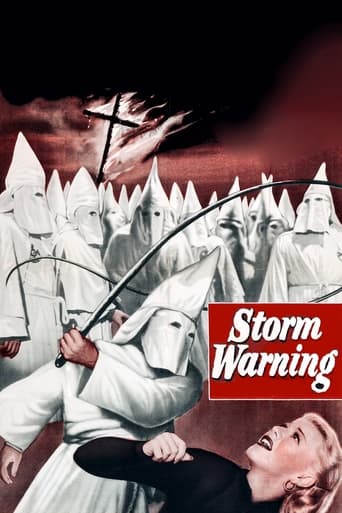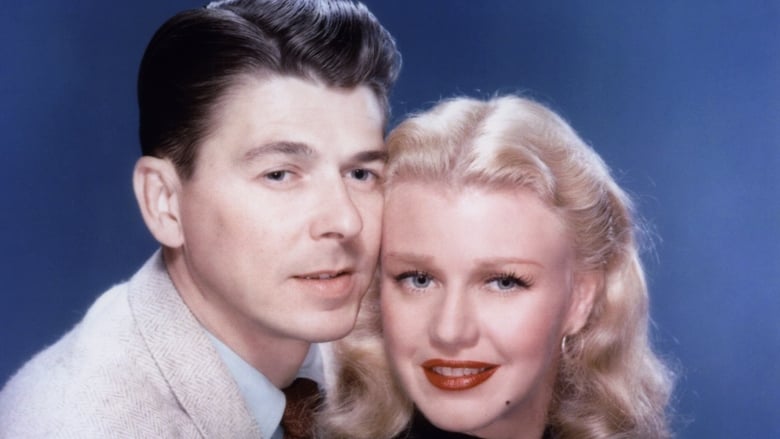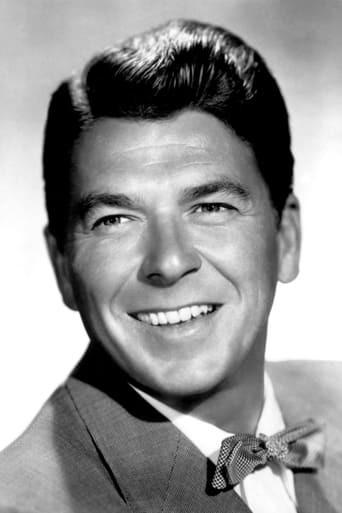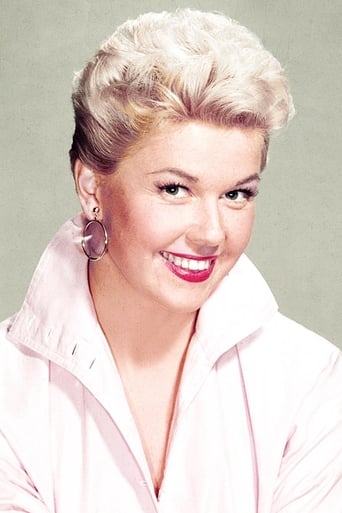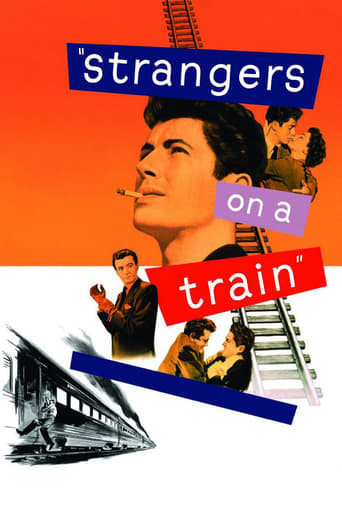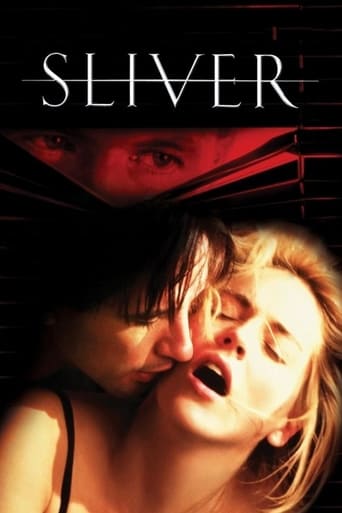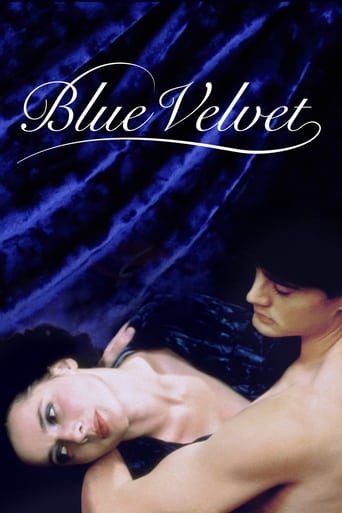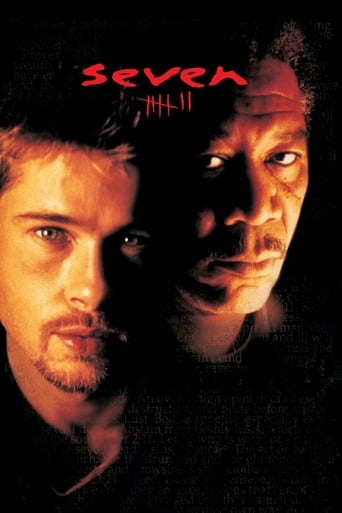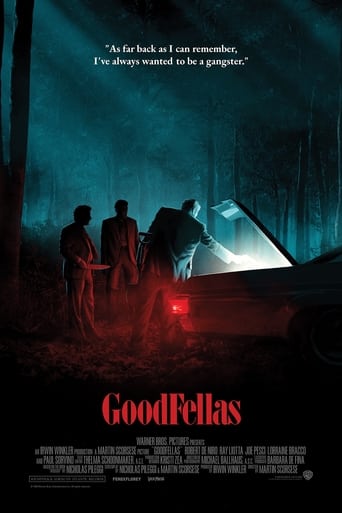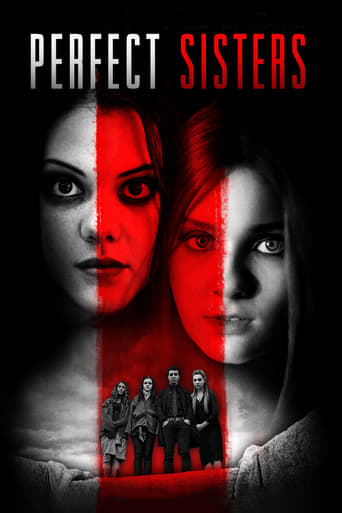Storm Warning (1951)
A fashion model (Rogers) witnesses the brutal assassination of an investigative journalist by the Ku Klux Klan while traveling to a small town to visit her sister (Day).
Watch Trailer
Cast


Similar titles
Reviews
I like the storyline of this show,it attract me so much
Truly Dreadful Film
Simply A Masterpiece
everything you have heard about this movie is true.
Storm Warning (1951)An anti-KKK film that doesn't mention blacks or Jews or other persecuted groups. Instead, the victim is a journalist who we assume was uncovering those crimes. The drama is high, the filming dramatic with lots of night stuff (some of it daringly dark), and the leading actors very good.The star here is Ginger Rogers, and she pulls off a subtle job of being both a very strong woman and an average American unwilling to stick her neck out. In a way, that's the one main point of the movie--that the KKK continues in little towns in mid-century America because regular people who are normally models of fortitude decide to just look the other way.Doris Day and Ronald Reagan, both archetypes of some kind of social conservatism later in their careers, play ordinary folk here. Day is the wimpy sister who happens to be married to a lousy klan bruiser. She plays the weak American, you might say, who protects her man even when he's obviously murderous. Reagan is the easy going prosecutor--and he's easy going in the way he'd later be the easy going president. He gets things done by slowly and cheerfully persisting.Director Stuart Heisler made a number of hard edged movies in his career, including one of my favorites, "The Glass Key." But, as in many of these others, he goes for style over substance here. You might say the American public wasn't ready to face their ambivalence over the KKK head on, and that the studios skirted the issue and were brave for bringing it up at all. Well, reviews from the period say otherwise. They call the movie wimpy and elusive, and it is.What you do get is a series of really good but really familiar situations where the KKK members coerce and force the regular townspeople into going along with their evil ways. There is no mention at all of the what the KKK was against, or the racism that was at the heart of the issue nationally. There are, to be sure, several black actors as extras in a couple of scenes, but this is hardly relevant except to say that the opportunity was there to push the issue much harder, much harder. Even Warner Bros. own "Black Legion" from 1937 (and starring Humphrey Bogart) was better at making the issues pertinent. "The Intruder" from 1962 (and starring William Shatner) is better at getting to the point despite its low budget, and maybe shows how the country was dealing with the issue more openly by then."Storm Warning" is so well made and filled with great scenes--both the small town settings and the wild KKK meeting in the woods--it's worth seeing. And the opening ten minutes is so creepy it will really make you perk up. They say Rogers is miscast here, but I think she was supposed to be the sophisticated outsider who might, in fact, stand up for justice. And then she doesn't. See it.
For those who feel the film wasn't ardent enough in its attack on the Klan, I wanted to point out that in the early 50s the hot button issue of the day was organized crime and the mafia. Many, if not most, Americans at that time shared racist and anti-semitic attitudes, and attacking the Klan on those grounds would not have had the effect it would have now. By positioning the Klan as an organized criminal gang,the filmmakers denied the Klan their ideological purity and their claim to 'cleaning up' communities. For those who protested the lack of Southern dialect in the film, you need to know the Klan was not uniquely Southern: it originated in Indiana and flourished up North as well. To this day white supremacist organizations are based in the North, and the two most segregated cities in the U.S. are Detroit and Chicago. Not limiting actors to a Southern dialect widens the perception of the problem. I'm not a Southerner, but I do think we need to be fair about this.
Model Ginger Rogers arrives in the small Sothrin town of Rockpoint from New York on a bus. She's going to visit her sister for the first time in years. The bus departs and Rogers finds herself alone in an unfriendly, night-time town that's filled with ominous shadows. She witnesses a brawl a block away. A dozen men in white pointed hoods are beating a man. She scurries into a dark nook and watches the man get shot twice. Some of the killers remove their hoods and she sees their faces, although they don't know she's there.She arrives shaken at his sister's house, Doris Day, and describes what she saw. Then Day's husband, Steve Cochran, walks in and she recognizes him as one of the men standing around the dead body. The beans are soon spilled.So here's the situation. A sophisticated woman visits her younger sister in a Southern town and is confronted by the brutal husband in a shabby flat. It's A Streetcar Named Desire, transfigured into a melodrama with overtones of social messaging.The social message is that the Ku Klux Klan isn't an admirable outfit. No blacks ever show up on screen but the murdered man is repeatedly described as a reporter from a Northern newspaper, down here just to cause trouble, and why don't they leave us folks alone? Ronald Reagan is stuck in the stock part of the upright District Attorney who can't get the local people to cooperate in the prosecution of these periodic murders. The natives agree with the Klan, are afraid to get involved, or don't care.It may be hard for younger viewers to see this as anything other than a fantasy, unless they've lived during the Civil Rights era when such things happened. (They happened for the next twenty years.) A lot of powerful symbols are flickering away on the screen but, lamentably, it's not a very good movie. The writing is clumsy and full of speeches. The behavior of some of the principles is idiotic. Why would Ginger Rogers, knowing that Cochran is a vicious murderer, shout at him so provocatively and tell him she's on her way to the DA to squeal on him? The photography is poor. The story isn't noir but the photography certainly is. There are about ten minutes of daylight. The direction by Stuart Heisler is pedestrian but there is an occasional nice touch, as when one of the Klansmen at a burning cross hoists his white-hooded child to his shoulder so he can see the ritual more clearly. The script preaches, and I've never liked being preached at because sermons seem to me to say, "You are stupid and I am trying to instruct you." I had all the scolding I could take during my marriage.
A tough family reunion in the small Southern town of Rock Point for sophisticated dress model Marsha Mitchell, in the 1951 thriller "Storm Warning." Before even joining her younger sister for the first time in two years, and meeting her new brother-in-law, Marsha witnesses the beating and shooting murder of an investigative reporter at the hands of the Ku Klux Klan. And later, she realizes that her sister Lucy's husband, Hank Rice, was one of the members at that KKK lynching! What's the poor gal to do...especially when nice-guy county prosecutor Burt Rainey is pressing her to play witness at the indictment? Anyway, that's the setup for what turns out to be a surprisingly tough and gritty suspenser, bolstered by a quartet of excellent performances by the film's stars: Ginger Rogers as Marsha, Doris Day and Steve Cochran as her family, and Ronald Reagan as the crusading prosecutor. At the time "Storm Warning" was made, films depicting the activities of the Ku Klux Klan were not exactly common. "The Birth of a Nation" (1915) had shown the group in a notoriously favorable light, while the 1936 picture "Black Legion," starring Humphrey Bogart, had fudged the issue a bit by calling the hooded vigilantes the Black Legion, despite presenting them as thugs. "Storm Warning" pulls no punches, and to its great credit presents us with a KKK comprised of bigoted average Joes; cowards and blustering bullies hiding behind their cowls and sheets. The film was directed by veteran Stuart Heisler, who had previously worked on such marvelous entertainments as the Susan Hayward vehicles "Smash-up" and "Tulsa" and the minor Bogey films "Tokyo Joe" and "Chain Lightning," as well as with Bette Davis on "The Star." Heisler keeps this picture moving nicely, and fills his screen with constant motion while adding almost noirish elements to his thriller (witness Ginger's nighttime walk right before the lynching; truly, the essence of noir!).As for those previously mentioned performances, Doris is just fine in this early dramatic role (indeed, the story goes that her thesping here paved the way for her to appear in Hitchcock's 1956 classic "The Man Who Knew Too Much"); Cochran (so memorable a few years earlier in "White Heat") offers a perfect portrayal of a truly dangerous dimwit (just note how silkily but stupidly threatening he appears when he says to Marsha, "...a girl's figure's her fortune; you sure got your money invested in the right places!"); and Reagan, here in one of his finest hours, and shortly before appearing in the unjustly maligned "Bedtime for Bonzo," is very likable and appealing, despite what you might feel about his performance as U.S. president three decades later. And Ginger? She is just outstanding, in what might be her grimmest and nastiest moments on film. Viewers may be somewhat aghast as they watch the beloved singer/dancer/comedienne get brutally raped, punched in the face, kidnapped, and subjected to a flogging at a KKK midnight convocation, in the shadow, of course, of a huge burning cross. No moonlit waltzing here, that's for sure; more like a moonlit whipping! Turns out that Ginger could get noirish with the best of them; later that decade, she would appear with Edward G. Robinson in another noirish picture, "Tight Spot," in which she would again face the conundrum: to testify or not to testify. Very much the moral glue that holds the picture together, her character goes from big-city girl, to stunned outsider, to sacrificing sister, to abused victim, to steely avenger, all in the course of 93 minutes. She may not get to do The Picolino in this film, but she sure does manage to get herself into quite a pickle!

